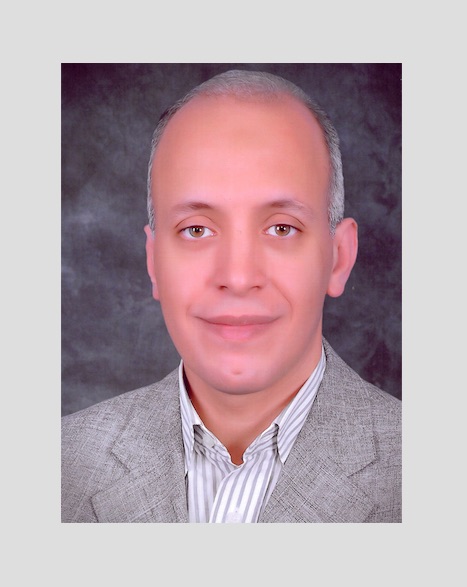Background: The presence of fat in the liver is considered a major risk for postoperative complication after liver surgery and transplantation. The cur- rent standard of quantification of hepatic steatosis is microscopic evaluation by pathologists, although consistency in such assessment remains unclear. Computerized image analysis is an alternative method for objective assess- ment of the degree of hepatic steatosis.
Methods: High resolution images of hematoxylin and eosin stained liver sections from 46 consecutive patients, initially diagnosed with liver steatosis, were blindly assessed by 4 established expert pathologists from different institutions. Computerized analysis was carried out simultaneously on the same sections. Interobserver agreement and correlation between the pathol- ogists’ and computerized assessment were evaluated using intraclass corre- lation coefficients (ICC), Spearman rank correlation coefficients, or descrip- tive statistics.
Results: Poor agreement among pathologists (ICC: 0.57) was found regard- ing the assessment of total steatosis, (ICC 0.7 indicates acceptable agree- ment). Pathologists’ estimation of micro- and macrosteatosis disclosed also poor correlation (ICC: 0.22, 0.55, respectively). Inconsistent assessment of histological features of steatohepatitis (lobular inflammation, portal inflam- mation, hepatocyte ballooning, and Mallory hyaline) was documented. Poor conformity was also shown between the computerized quantification and ratings of 3 pathologists (Spearman rank correlation coefficients: 0.22, 0.82, 0.28, and 0.38).
Conclusion: Quantification of hepatic steatosis in histological sections is strongly observer-dependent, not reproducible, and does not correlate with the computerized estimation. Current standards of assessment, previously published data and the clinical relevance of hepatic steatosis for liver surgery and transplantation must be challenged.

